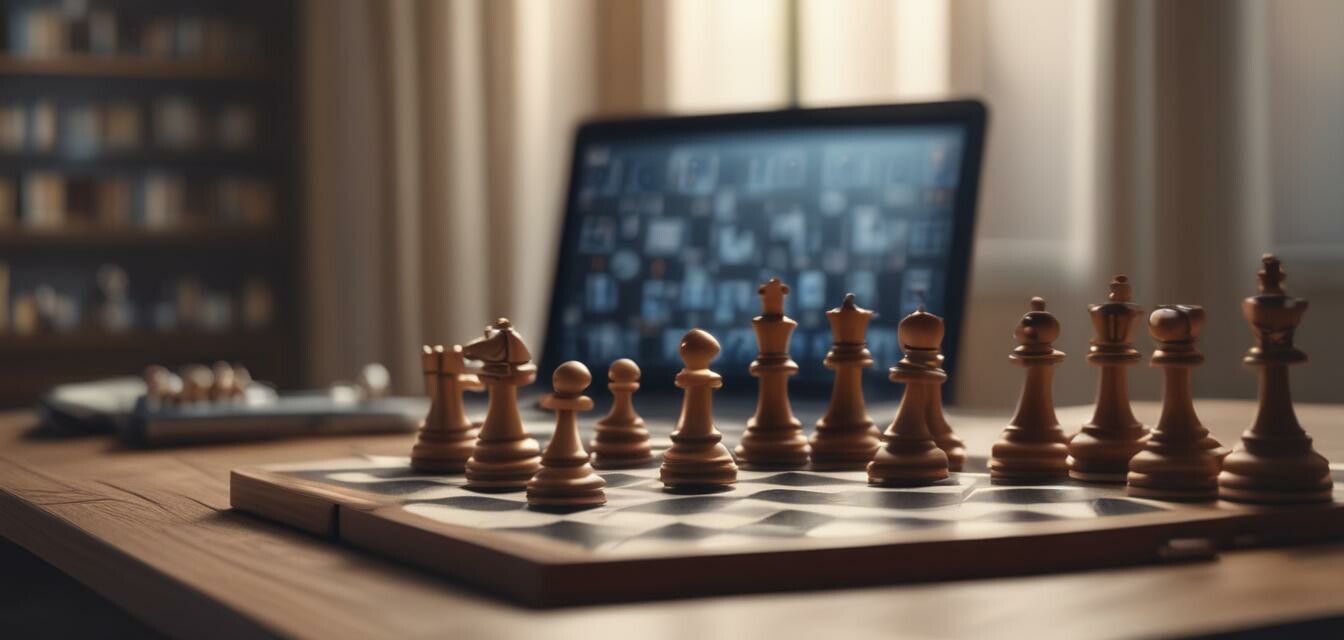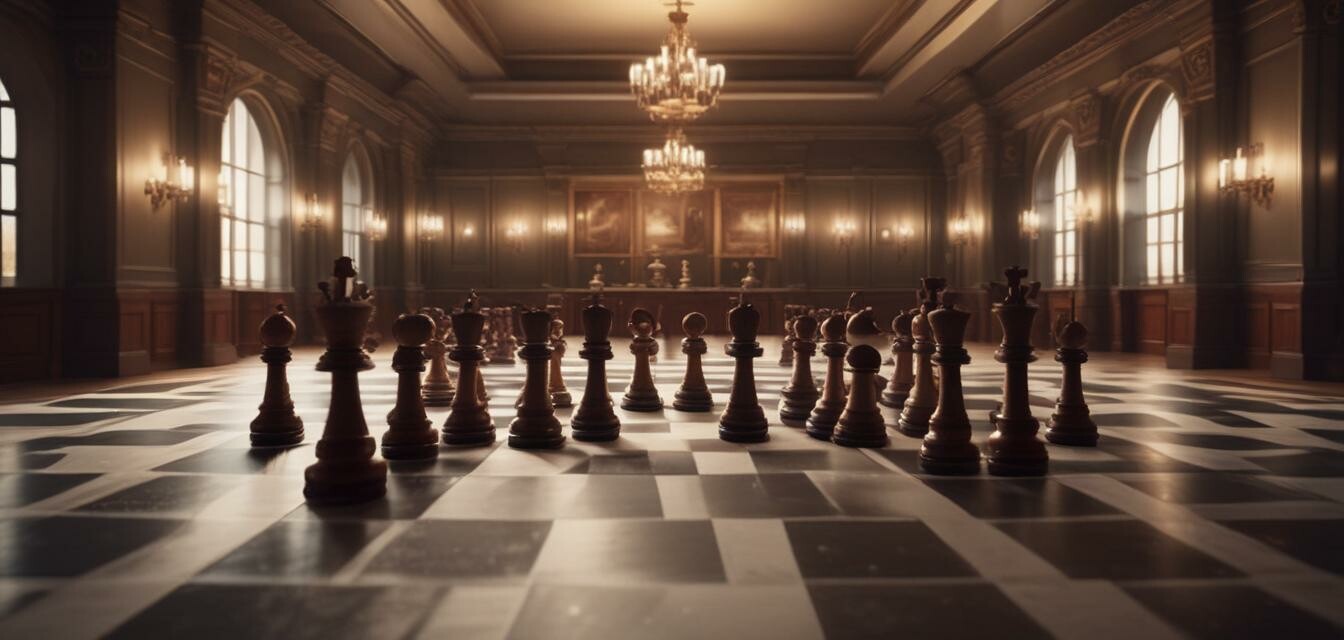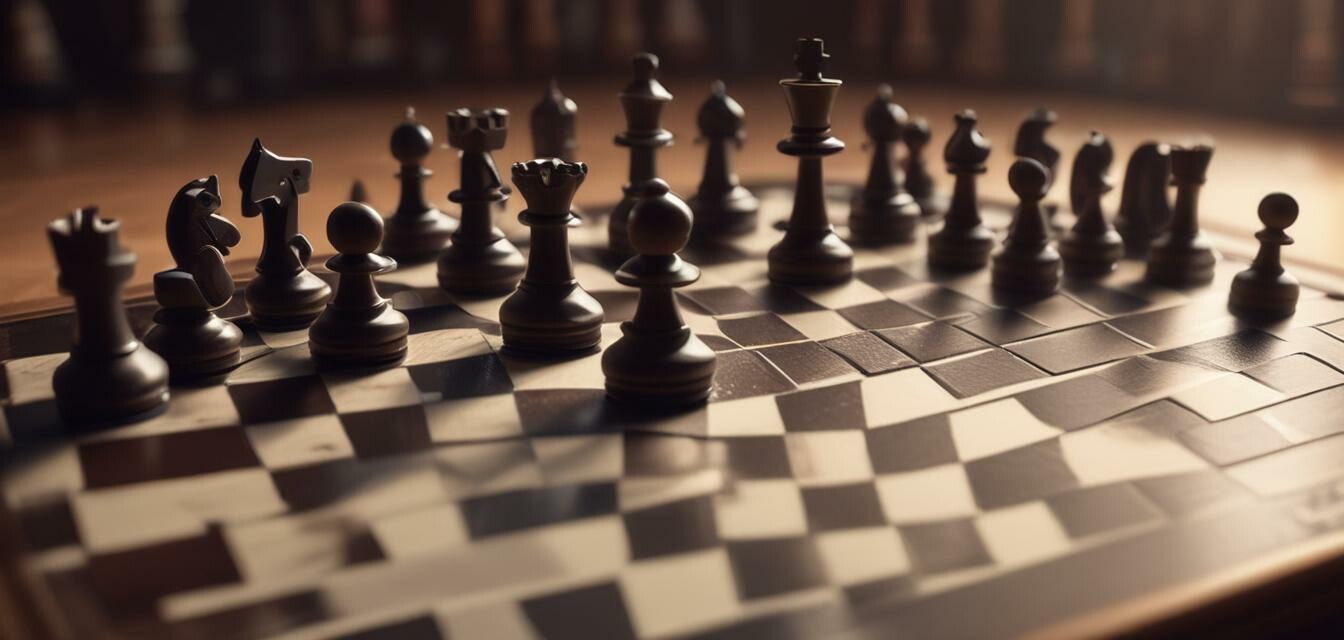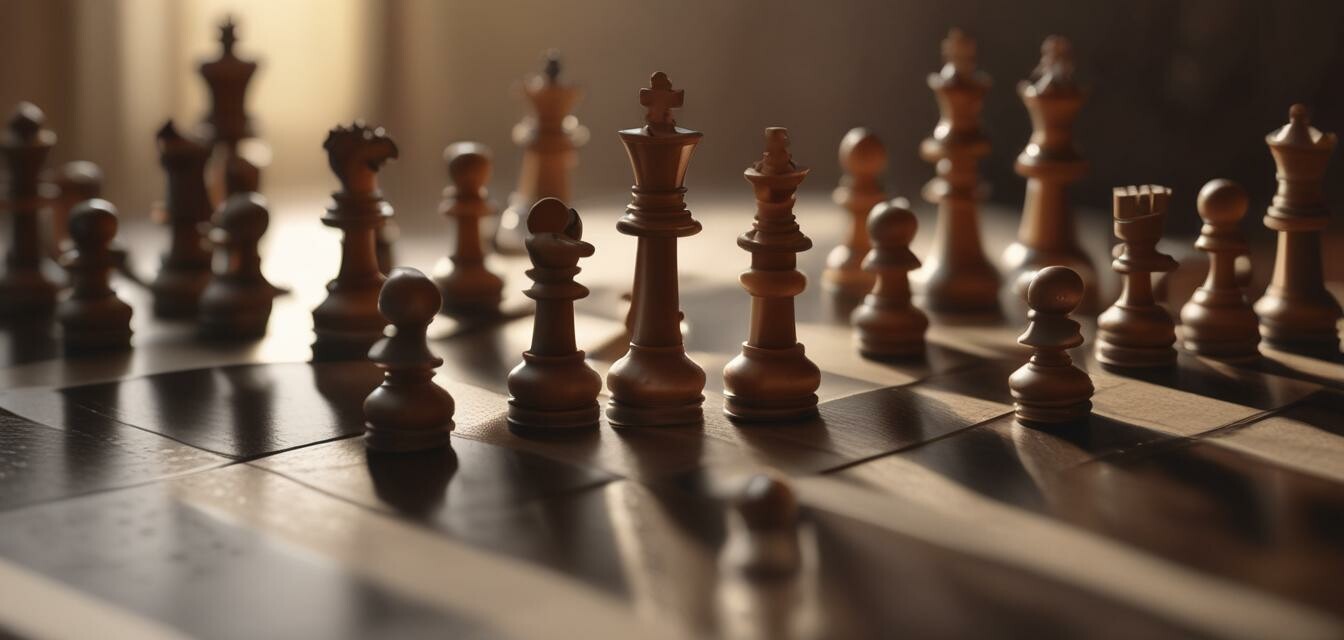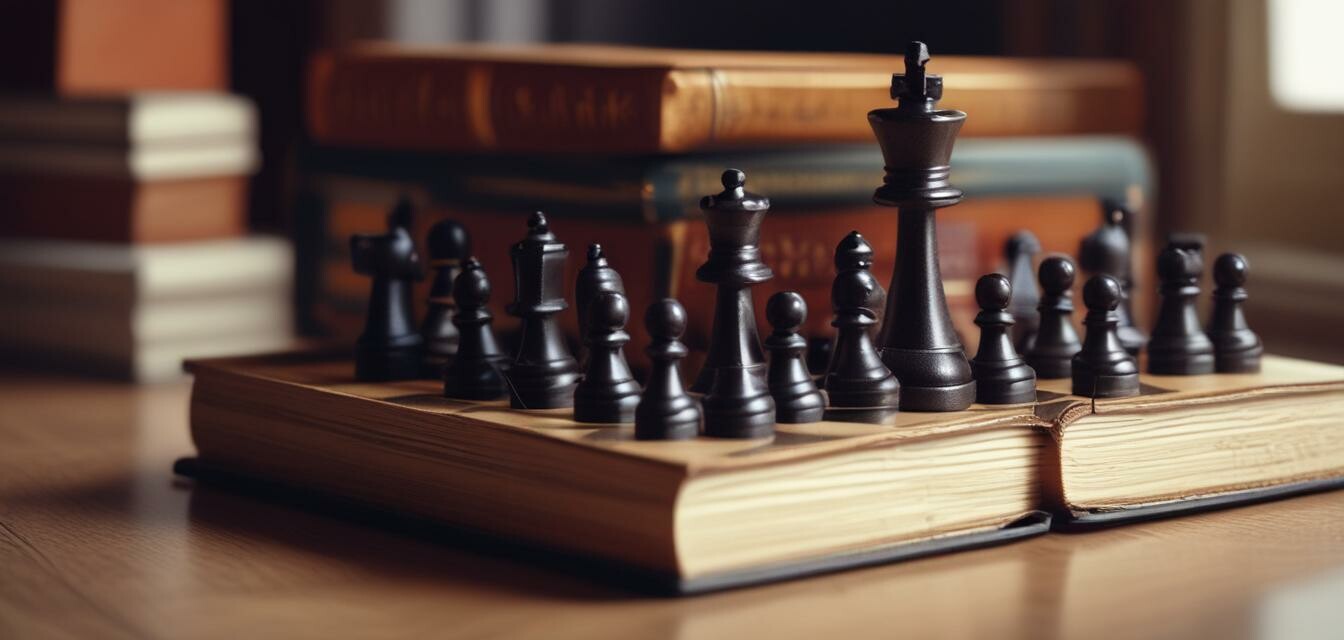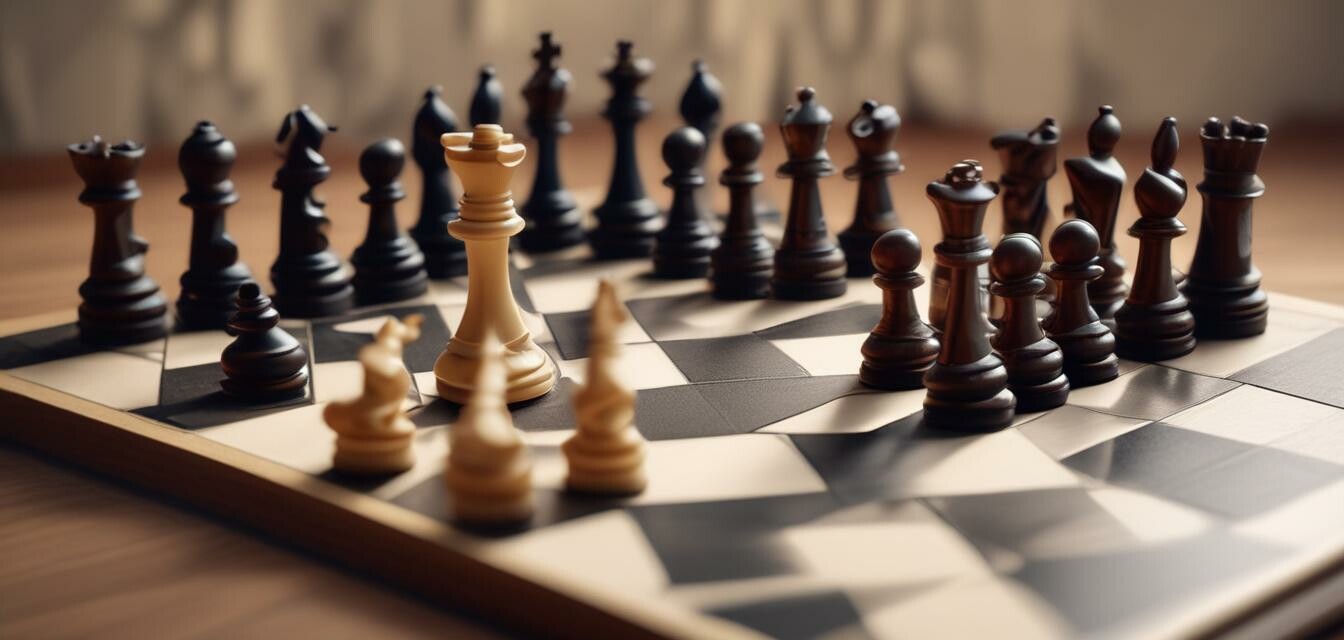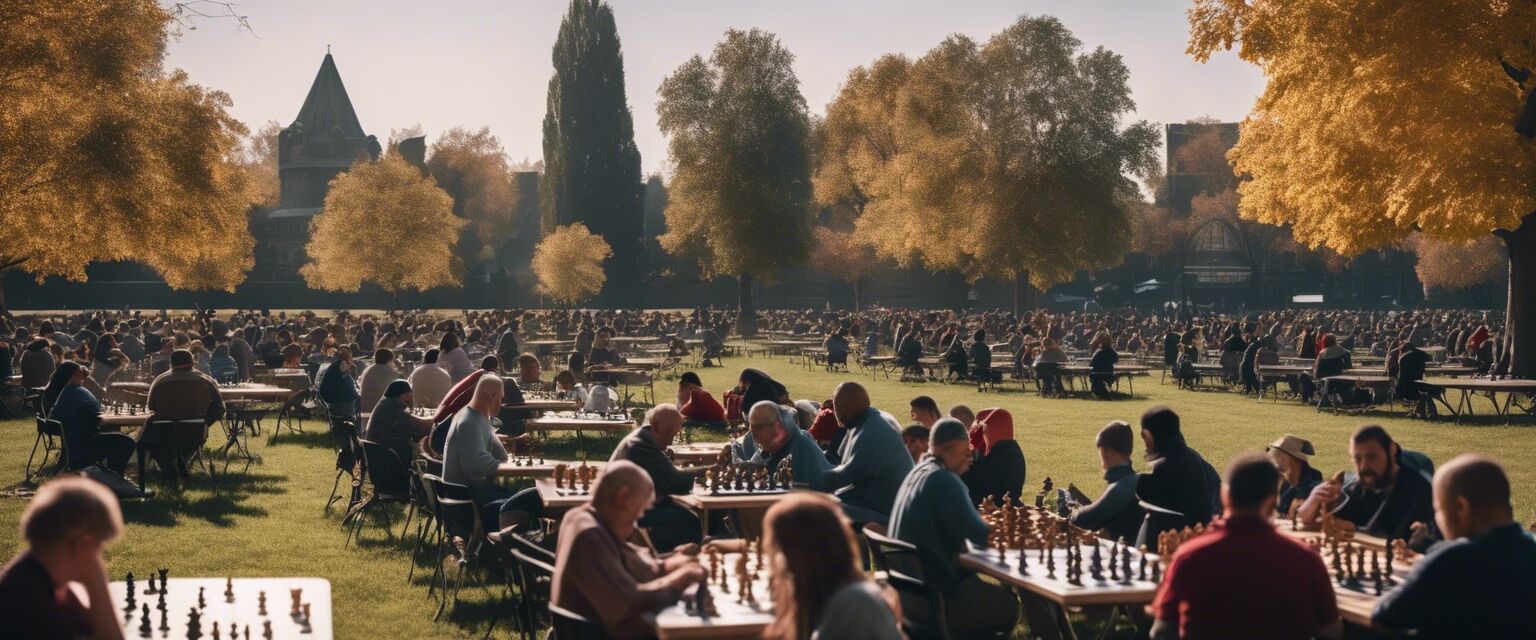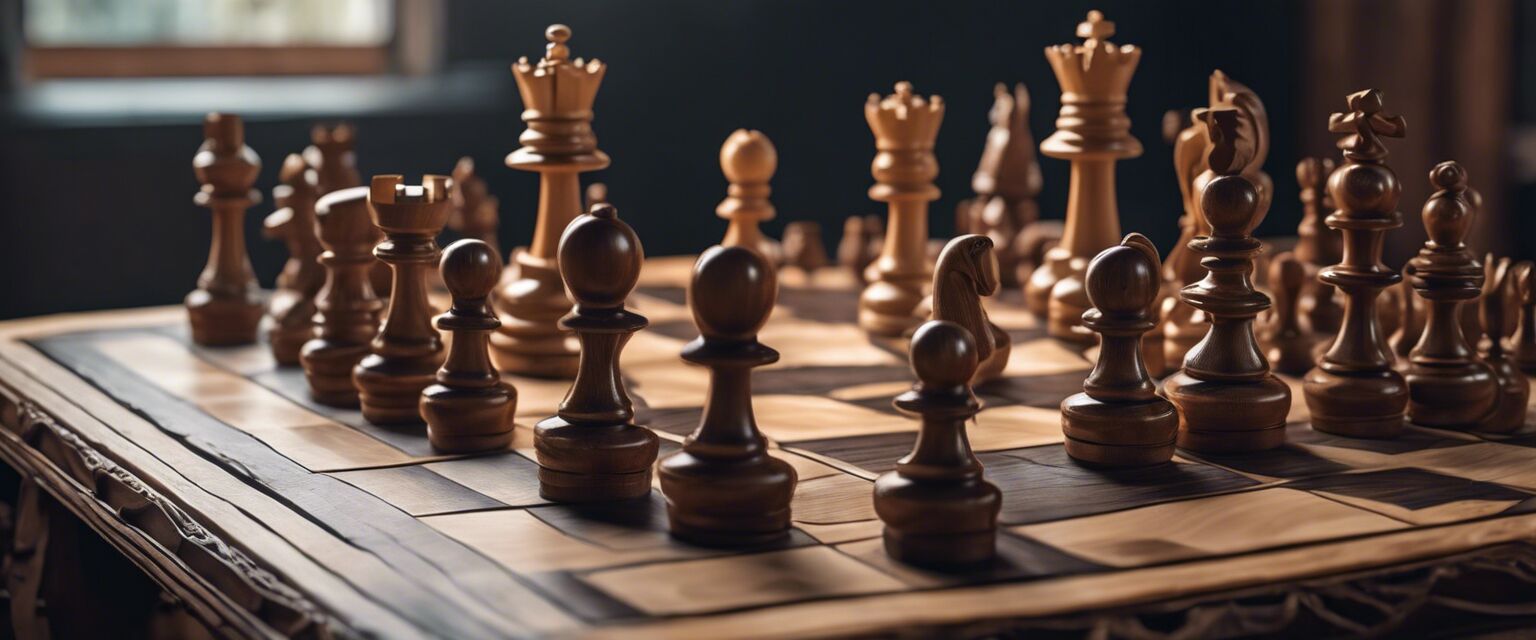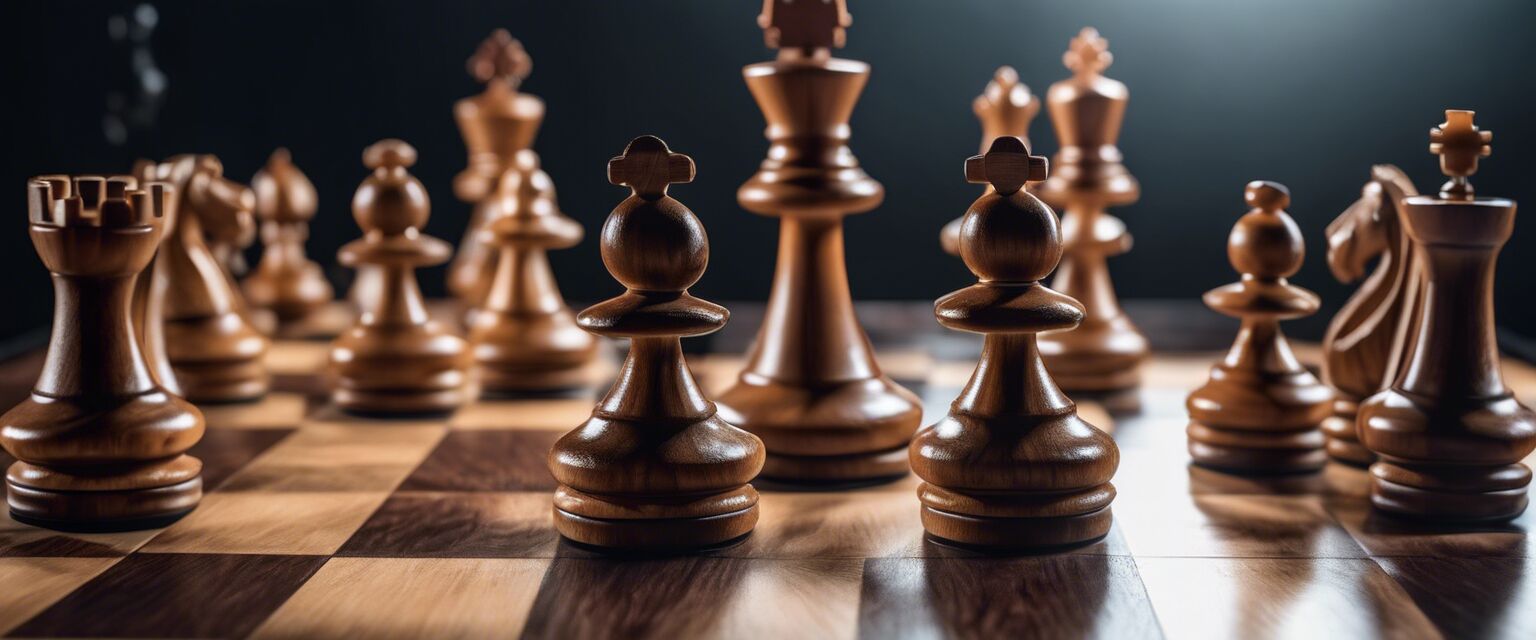
Chess Board and Pieces Overview
Key Takeaways
- The chess board has a long history, evolving from various types of game boards.
- Chess pieces have distinct designs and symbolism, representing different roles.
- Understanding the materials used in boards and pieces can enhance the playing experience.
- Modern designs often blend traditional craftsmanship with contemporary aesthetics.
Chess is not just a game; it's a world of strategy, tactics, and history. The chess board and its pieces are the heart of this classic game. This article provides a comprehensive overview of the chess board and pieces, tracing their origins while exploring their various designs and materials.
The history of chess boards and pieces
The game of chess has roots that date back over a thousand years. Its board and pieces have undergone significant transformations. Understanding this evolution can deepen the appreciation of chess itself.
Origins of chess
Chess is believed to have originated in India around the 6th century as a game called Chaturanga. From there, it spread to Persia, where it became Shāh Māt. Following the Islamic conquests, chess reached Europe, where its rules and pieces were further refined.
Design evolution
- Early designs: Initial boards were often unmarked or had simple lines.
- Medieval period: Designs became more elaborate with decorative elements.
- Modern-day: Boards are crafted from various materials, including wood and plastic, offering aesthetic variety.
Types of chess boards
There are several types of chess boards that players can choose from based on preference, material, and design.
| Type | Material | Pros | Cons |
|---|---|---|---|
| Wooden Chess Board | Wood (e.g., maple, mahogany) | Classic look, durable | Higher cost |
| Plastic Chess Board | Plastic | Affordable, lightweight | Less aesthetic appeal |
| Magnetic Chess Board | Magnetic materials | Portable, prevents pieces from moving | Often small and less traditional |
Types of chess pieces
Chess pieces are categorized into two colors, typically white and black. Each type of piece has its own unique design and purpose in the game.
Common pieces and their roles
- Pawn: Moves forward one square, captures diagonally.
- Knight: Moves in an "L" shape, can jump over pieces.
- Bishop: Moves diagonally across the board.
- Rook: Moves vertically or horizontally any number of squares.
- Queen: Moves in any direction, combining the powers of rook and bishop.
- King: Moves one square in any direction, essential for winning the game.
Materials used in chess boards and pieces
The material used in chess boards and pieces significantly affects their longevity and appearance.
| Material | Chess Board | Chess Pieces |
|---|---|---|
| Wood | Rich aesthetic, durable | Various intricate designs |
| Plastic | Lightweight, affordable | Simple designs, budget-friendly |
| Metal | Modern look, often heavy | Stylized, artistic representations |
Modern vs. traditional designs
The chess community has seen a rise in both traditional and modern designs in chess boards and pieces.
Pros
- Diverse options for personal preference.
- Unique artwork and craftsmanship.
- Improves the gaming experience.
Cons
- Some designs may not be practical for tournament play.
- High-quality pieces and boards can be expensive.
Choosing the right chess board and pieces
Selecting the best chess board and pieces involves considering several factors that cater to your playing style and aesthetic preferences.
Tips for beginners
- Start with a basic board and pawn pieces to learn the rules effectively.
- Look for boards that provide visibility and clarity of pieces.
- Invest in durable pieces that will withstand frequent play.
- Consider the size of the board to match your environment, ensuring it fits comfortably on your table.
Conclusion
Understanding chess boards and pieces is pivotal for both novice and experienced players. The craftsmanship, history, and types of materials involved not only enhance the visual appeal but also affect the playing experience. For more information about chess accessories or other related items, feel free to explore our selection on our website.
